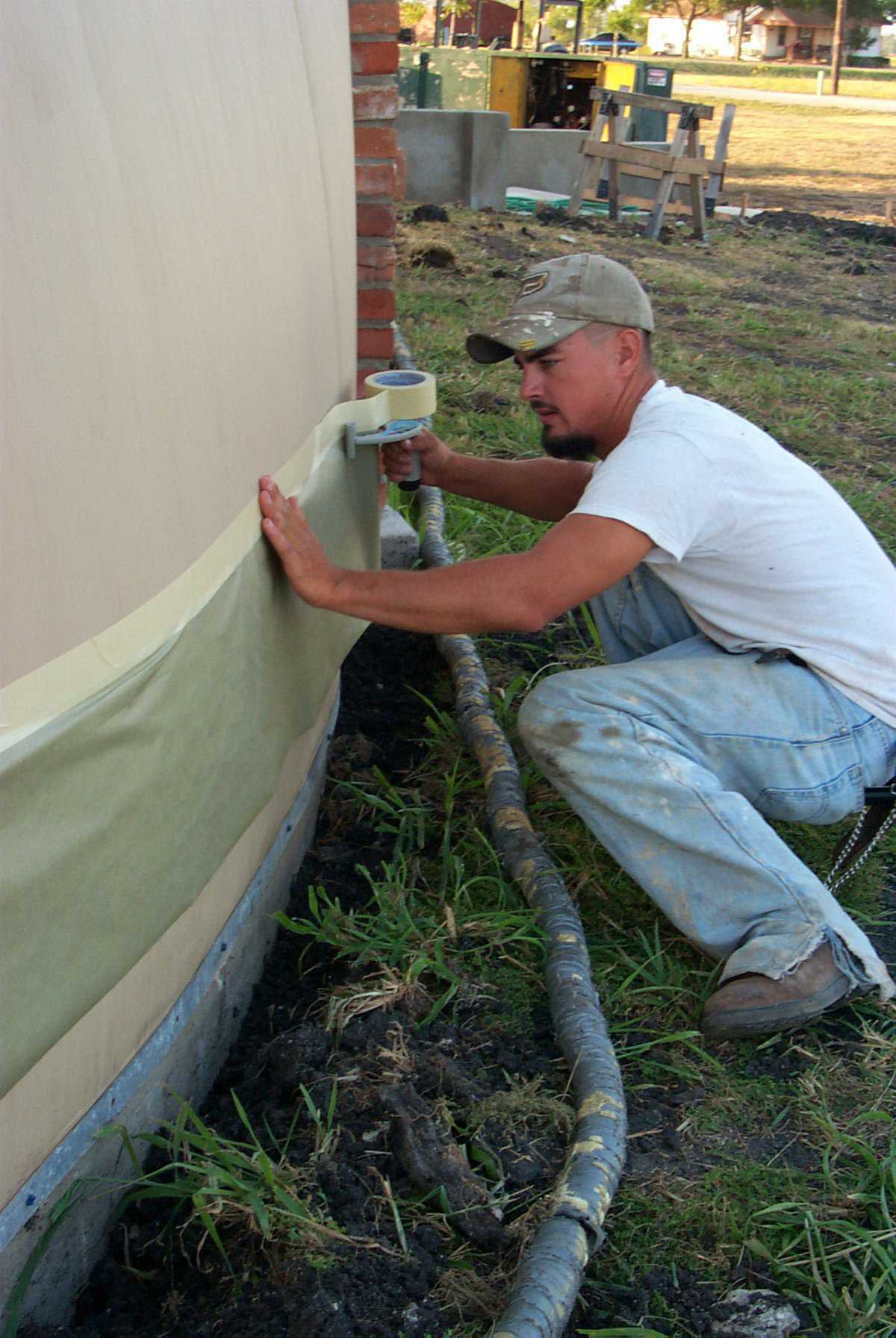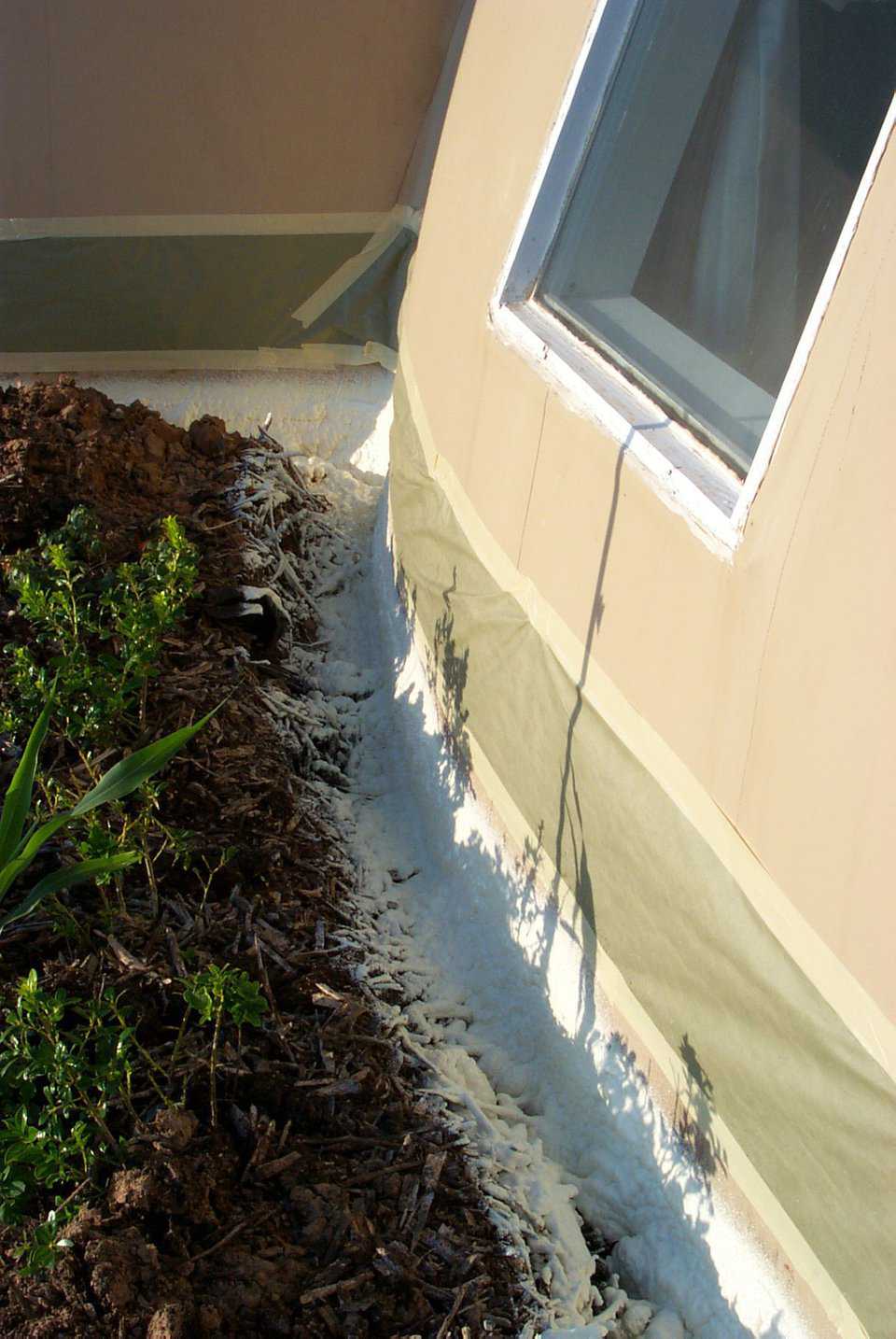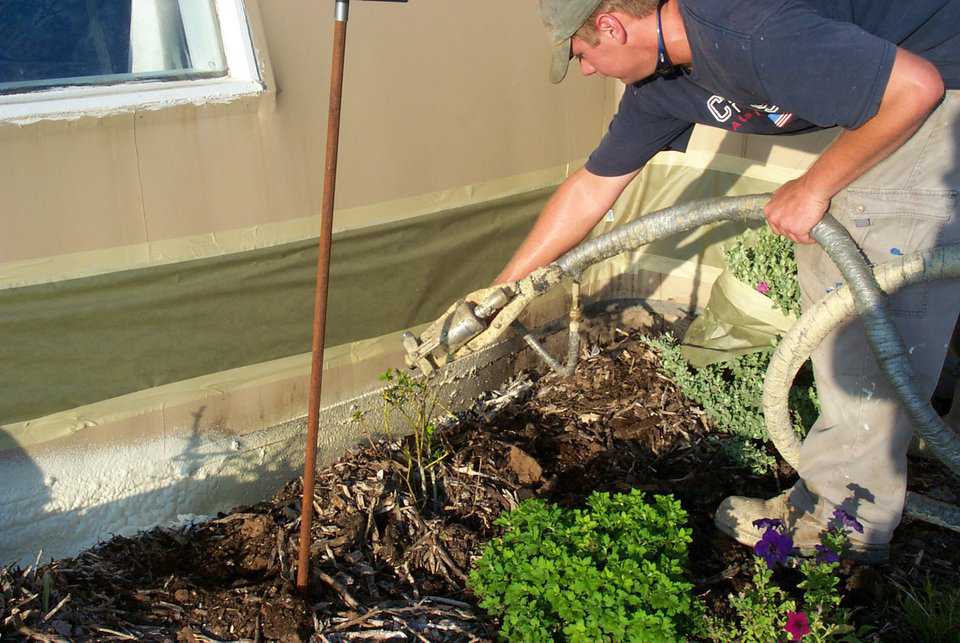Generally, in the US, footings are not insulated. By not insulating the footing, we have a place where cold can enter our houses. Monolithic Dome builders may need to consider insulating footings of Monolithic Dome homes to provide a thermal break and reduce chances for condensation and/or mold growth.
Cold from outside goes through the top of the footing, that’s generally the top of the floor. The colder air cools the inside surface of the floor and the area heated just above the floor of the dome.
Total heat loss is nothing to worry about at all. The problem is that the cold lowers the surface temperature of the floor. This can cause condensation. Condensation makes a place for mold to grow. In much of the United States this is not a problem if the internal humidity is kept low. However, in some areas, the drop in interior surface temperatures promotes mold growth.
The best way to insulate footings is to spray foam on the exterior of the footing after the dome is built. Spray polyurethane foam two to three inches up onto the exterior of the dome and down over the concrete at least eight to ten inches into the ground. Coat the foam to protect it from sunshine damage.
The insulation does not need to be coated below dirt level. The foam stands up very well to back fill. There is not enough heat loss to ever consider paying for insulating the outside of the footing, but the perplexity of fighting the mold may make it feasible.
Insulating the foundation keeps the concrete on the inside the same temperature as the air inside and prevents condensation.


